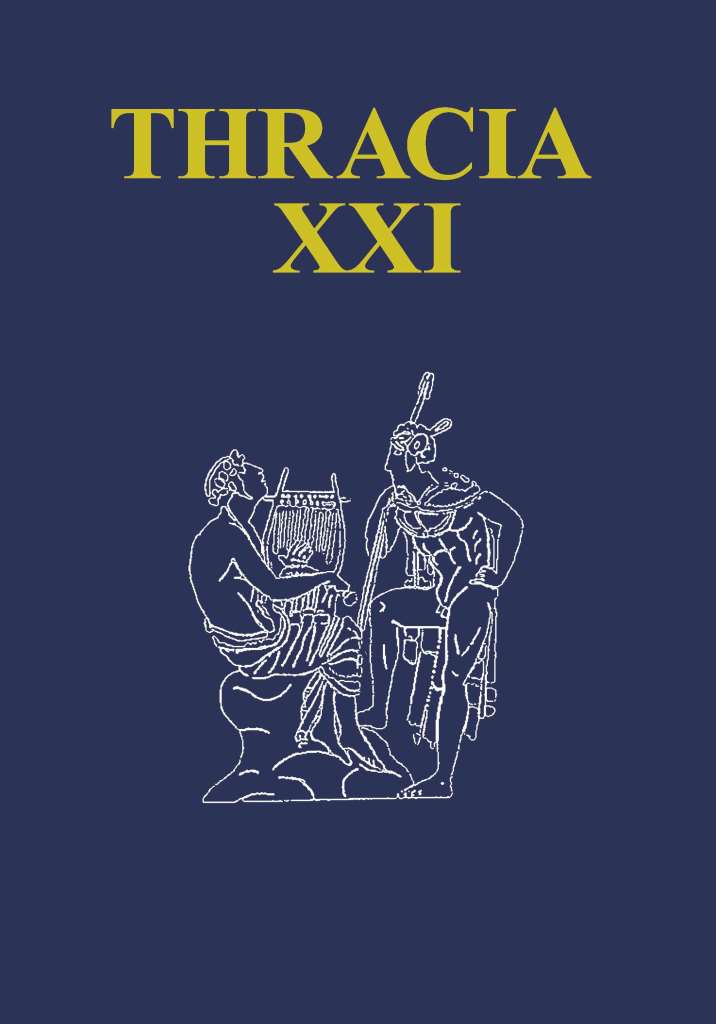TUMULUS NO. 7 AT THE VILLAGE OF BRESTOVITSA, DISTRICT OF ROUSSE
TUMULUS NO. 7 AT THE VILLAGE OF BRESTOVITSA, DISTRICT OF ROUSSE
Author(s): Varbin Varbanov, Kalin MadzharovSubject(s): History, Archaeology, Cultural history, Visual Arts, Maps / Cartography, Local History / Microhistory, Social history, Ancient World
Published by: Институт за балканистика с Център по тракология - Българска академия на науките
Summary/Abstract: The tumulus is 40 m in diameter and 2 m high. The grave pit (4.10/4.20 m × 2.10/2.30 m) is located approximately in the central part of the embankment, at a depth of about 1.90/2.00 m from the ancient terrain. The construction is panelled and covered with oak beams. When the earth was removed from the grave pit, a spindle whorl, a fragmented jug, several bones and fragments of clay vessels were found. The burial rite was inhumation. The skeleton with north – south orientation and with head to the north is 1.57 m long. The legs are straight and slightly closer to one another at the feet. The arms are bent at the elbows, the left arm is lying on the abdomen, and the right one – on the pelvis. Traces of timber are preserved below the skeleton and to the east of it (probably wooden planks placed below the body). The anthropological analysis demonstrates that the skeleton was of a woman aged 35-40 years. The grave goods are relatively rich. A small iron tube and two silver omega-shaped pendants were found next to the skull. A bronze Thracian-type fibula was unearthed on the left part of the ribs and a small iron knife – to the southeast of the skeleton. Four iron pellets with apertures and an iron spearhead were also found to the east of the buried woman. After the grave pit was piled with earth, one or two pits were dug and filled in its north-eastern part. Their filler is brown earth with numerous small pieces of clay turned into brick, ash and coals, several uncharacteristic ceramic fragments and animal bones. Other commemoration acts have been performed predominantly in the northern part of the tumulus, where two “platforms” have been documented. Based on the finds, the actual burial in the tumulus can be dated to the late 5th – early 4th century BC.
Journal: Thracia
- Issue Year: 2016
- Issue No: 21
- Page Range: 239-256
- Page Count: 18
- Language: English
- Content File-PDF

